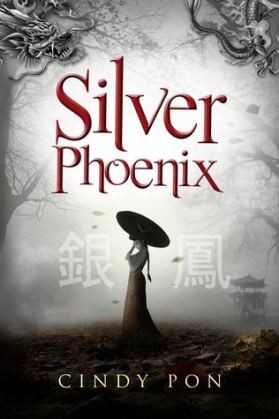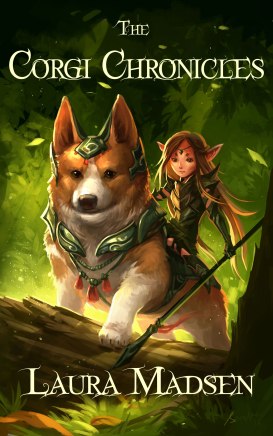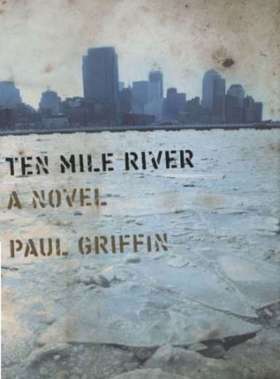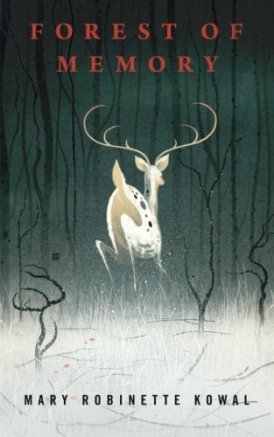So, my feelings on the next couple of books in my queue are less than ecstatic, shall we say. Even my feelings on the previous couple were mixed at best. Between those two things and the conversations I’ve been having with a couple of people about how I find it easier to talk about what went wrong with a book than what went right, I’ve sort of been feeling like someone who just likes to complain about the things I’m reading.
And I don’t think that’s necessarily true. I know that I never pick up a book unless I think I’m going to enjoy it on some level; I know that I never go into something I’m reading looking to hate it. I am aware, though, that I’m also fairly picky about the books I read and that, as I’ve said before, small things can break an otherwise good story for me.
There’s a tension there, between wanting to enjoy what I’m doing and wanting to be honest about my feelings towards things. There’s a tension, too, between that desire to be honest and the awareness that someone else put time and effort and probably a lot of love into this thing that I dislike. I think anyone who has ever done anything creative is aware of how awful taking criticism can sometimes be and is probably a little hesitant to inflict that on someone else, even if that other person will likely never see it.
But still, sometimes the bad review needs to be written. Pulling punches is one thing, lying about what you’re thinking is something else entirely. So I’ve been thinking about bad reviews: how I approach them, why I should write them, where I could be more constructive with them. And I think I’ve identified some things I want to try to do to make me feel less like a chronic complainer.
1) Focus, at least a little, on the positive:
This one seems obvious, but it can be strangely hard to do. Still, every book I’ve ever read has had at least one thing I’ve liked about it, and it’s important to give credit where it’s due, for all parties involved. Obviously, on the off chance an author actually notices my review of their book, it would be good to have a section on the things I think it got right, but I also think that section is necessary for the other people who may be reading, too. That single part I liked may be enough to make the book for someone else, especially someone who knows they won’t be bothered by the things I didn’t. At the very least noting what I thought was well done makes me feel like I’m not just looking to hate something, that I’m capable of being balanced. Speaking of which.
2) Try to be as fair as I can:
Like I said, a lot of times the problems I have with things are just as much to do with me as they are to do with the books themselves. Something might hit on a pet peeve of mine, but be otherwise well written. Sometimes a book is just flat out not of a type that I enjoy. Not every book is for every person, nor should they be. If I don’t like a book because it has too much romance for me, there’s a good chance that a person who does like romance is going to love it, and I want to be able to say that. Part of this is just being specific on where and what my problems with the work are: a novel I was never going to like is a very different issue than one I should have and didn’t because of some other flaw. And the difference there definitely needs to be expressed so that anyone reading my review can begin to make their own judgement call on it.
3) Give myself some space:
Sometimes the problem is less me, though. Every now and then I get a book that I just outright loathe, that actually frustrates me. I think in those cases I need to try to approach them like I would anything else that makes me mad: step away, calm down, try to get my thoughts and issues in order so I don’t just end up ranting. Frothing at the mouth rarely convinces anyone of anything, or at least it convinces people far less than well reasoned explanations. It’s not that sarcasm and expressed annoyance aren’t good tools sometimes, but they need to not be the only thing I give in a review. If I’m going to use them they need to be pointed, as part of some actual logical reasoning, and that can only come once I’ve calmed down enough to make a structured argument. Something that can be constructive rather than destructive. And sometimes that can’t happen immediately after I’ve read the book. It makes me anxious to talk about something I honestly see few redeeming qualities in, though, so I think there’s one more thing.
4) Remember that bad reviews are just a part of the process:
This one is more to ease my own worries than anything else. Like I said, not every book is for every person, and I think most professional authors are aware of that. I know from friends’ experiences that querying is a rough process; these are people who have dealt with rejection and criticism before, many times, and still believe in their books. And for a published author there are plenty of other reviews out there, both good and bad. As long as I’m not being unnecessarily cruel about things, I’m probably not ruining someone’s day with my dislike of a book, if they even see anything I’ve written.
Still, it’s sometimes hard to deal with a stretch where I’m feeling so consistently negative. When I hit those points, I do try to stack the deck with books by authors I know I love. But I still have to review all the novels I read before I decided to do that. How do you all deal with bad reviews? What do you want to get out of them for yourself, and what are you trying to give your audience with them? Most importantly, how do you make complaining into something worth reading?








